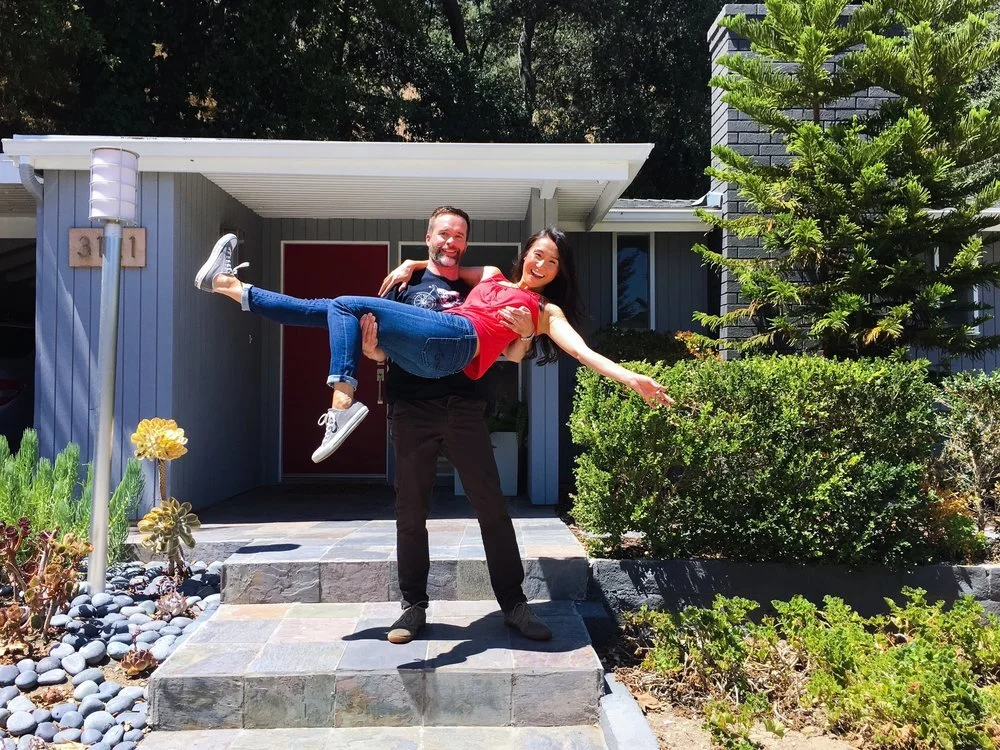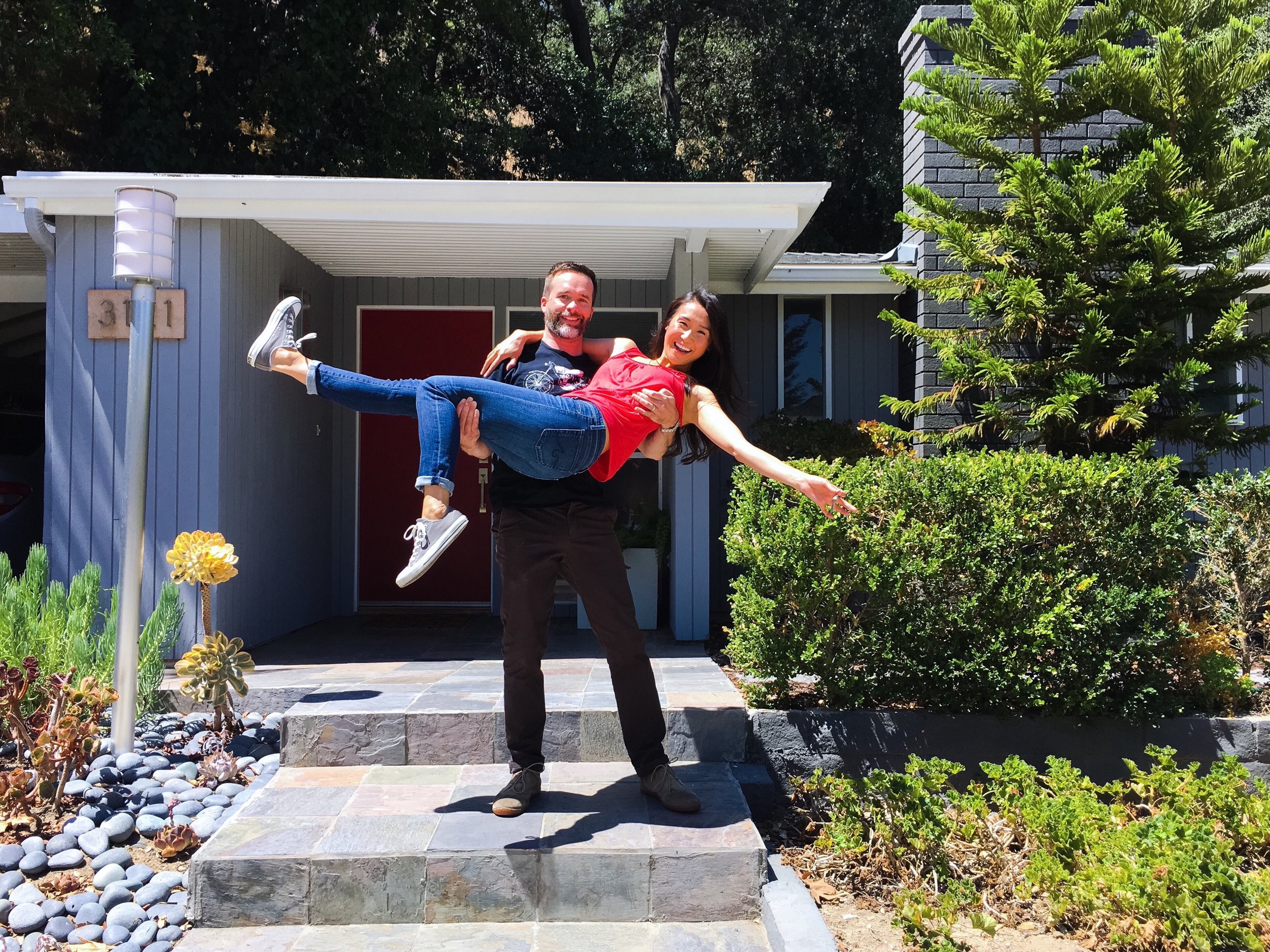A few weeks ago, we tackled some general content ideas for kitchen and bath designers. In that post, we mentioned our belief that it’s impossible to run out of content ideas! We’re here to continue to prove that theory right by sharing a handful of outside the box social media ideas for residential realtors.
As a realtor, it’s important to post about more than just new listings. Social media is a great place to show off what you know about the home buying and selling process – and it helps to give potential prospects an idea of what it would be like if they work with you. By offering up content of value, you raise the chances of engaging a potential client.
Once you start posting high-quality content, it’s also crucial to engage with a wide and diverse audience. Don’t just chat with other realtors, connect with potential prospects, community figures, and other businesses.
1. Break down different neighborhood personalities: A series of posts with details about different neighborhoods is sure to engage people that are new to the area. Break down the personality and reputation of each neighborhood, but also include hard data like average home price, amount of available stock, school system data, and average commute times. For an added bonus, highlight a few key landmarks in each neighborhood – this could be restaurants, local art, parks, or trails. This is the perfect way to establish yourself as a local guide!
2. Break down terminology: APR, ARM, appraisals, equity, escrow, FMV, MLS, trust sales, and seller disclosures… the list of confusing terms goes on and on. Help new buyers (or even seasoned pros) expand their knowledge of the market by breaking down common or confusing terms. This shows off how knowledgeable you are and shows you want potential buyers to be empowered… whether they work with you or not!
3. Show us your style: Have a style of home you love? See a beautiful wallpaper or garden that you idolize? Take us on a visual journey by sharing photos that show off your personal taste. This could be décor you see out at a showing or inspiration that you’ve been coveting on Pinterest. This helps create a visually appealing feed and is a fun way to break up more factual posts.
4. Community Events: Demonstrate that you’re plugged into the community by sharing local events or updates from community organizations. Bonus points for attending the events you promote and sharing behind-the scenes updates!
5. DIY Tips: New homeowners often need all the help they can get – especially when it comes to DIY projects and getting acquainted with regular home maintenance. Show them that your relationship with buyers doesn’t end when your check clears by providing useful resources for new and current homeowners.
6. Inspection Preparation: The home inspection can be one of the most stressful steps in buying a new home. Help potential buyers get a better idea of what to expect by breaking down the process, explaining potential resolutions for any repairs, and sharing how to find a good inspector. This is a great time to highlight the home inspectors you often work with…because who doesn’t love some good cross promotion?
7. Buying Anniversary: Posting when a client first closes on a house makes them feel special – but take it a step further by also remembering their buying anniversary. This is a wonderful way to pop up on people’s timelines a year (or more) after you’ve worked with them. Chances are they’ll share your post, giving you the opportunity to get in front of their connections as well. This is a positive way to keep your feed house-centric even when sales are slow, or you’re stuck on what to post.
8. Community Service: Sharing about causes and local organizations that you support is a great way to show people that you’re invested in the community. This works best (and feels most genuine) if you focus on an indirect sell – instead of making the post about you and your philanthropy, keep the attention on the cause or organization. Be sure to include a link for people to learn more, donate, or get involved.
9. Dream Listing: People love looking at crazy-expensive listings, even if they’ll never be close to able to afford them. Share some of your most expensive or luxury listings – just be sure to link them to your website. The idea here is to get people browsing the photos so that they end up looking at homes they can actually afford!
10. What sets you apart: In a competitive market, it’s important to have a highly qualified and dedicated realtor. Show off the accomplishments of your team by sharing some statistics on how you’ve helped sellers and buyers. This could be average selling times, negotiating for perks, or helping people close quickly. Avoid bragging and let the numbers (or testimonials) speak for themselves!
Hue & Tone Creative: Looking to reach a new audience?
Let us help you create a social media that shows off your brand and lets you reach new contacts. Whether you’re looking to increase your views or simply need a break from handling your account, Hue & Tone Creative has you covered for all things social.
















